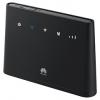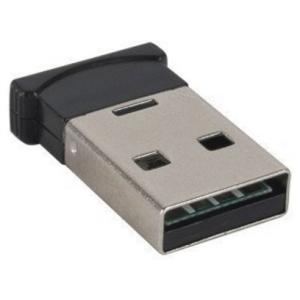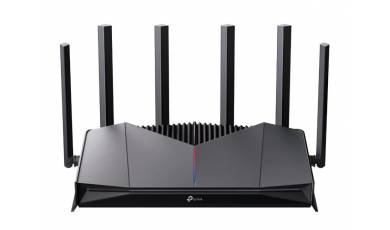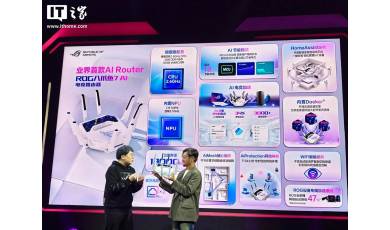Dynamode BT-USB-M1 specs.
Routers Specs >> Dynamode >> Dynamode BT-USB-M1| Specifications | | | Reviews |
Basic Specs Dynamode BT-USB-M1
Type:
Bluetooth adapter
Support MIMO:
yes
Standard:
Bluetooth 2.0
Max. speed of the wireless connection:
3 Mbps
Connection interface:
USB 2.0
Reception/transmission Dynamode BT-USB-M1
Bluetooth power class:
1
Radius of action outdoors:
100 m
Reviews, Questions about Dynamode BT-USB-M1
Write Review / Ask a question about Dynamode BT-USB-M1
Popular today
Type: Wi-Fi ADSL access point; Support ADSL2+: yes; Wireless standard: 802.11n, 2.4GHz frequency; Support MIMO: yes; Max. the speed of the wireless connection: 300 Mbps; Information security: WEP, WPA...
Type of connection: Wi-Fi; Device type: access point; Built-in support for 3G (UMTS): Yes; Built-in support for WiMAX: No; Built-in support for LTE: Yes; Built-in support for LTE Advanced: No; ADSL2+:...








